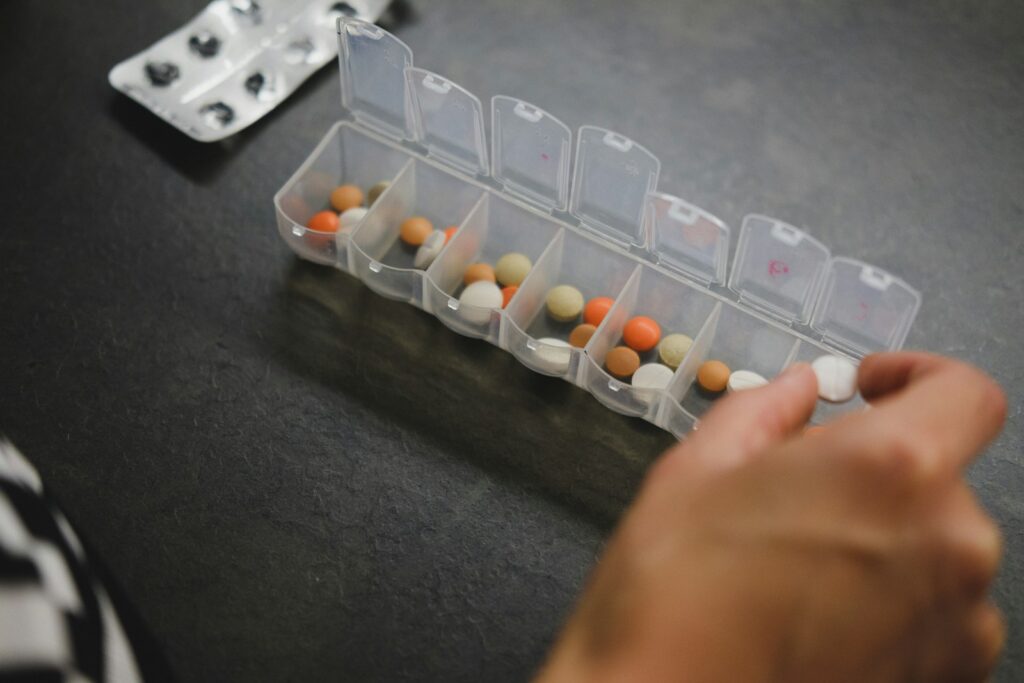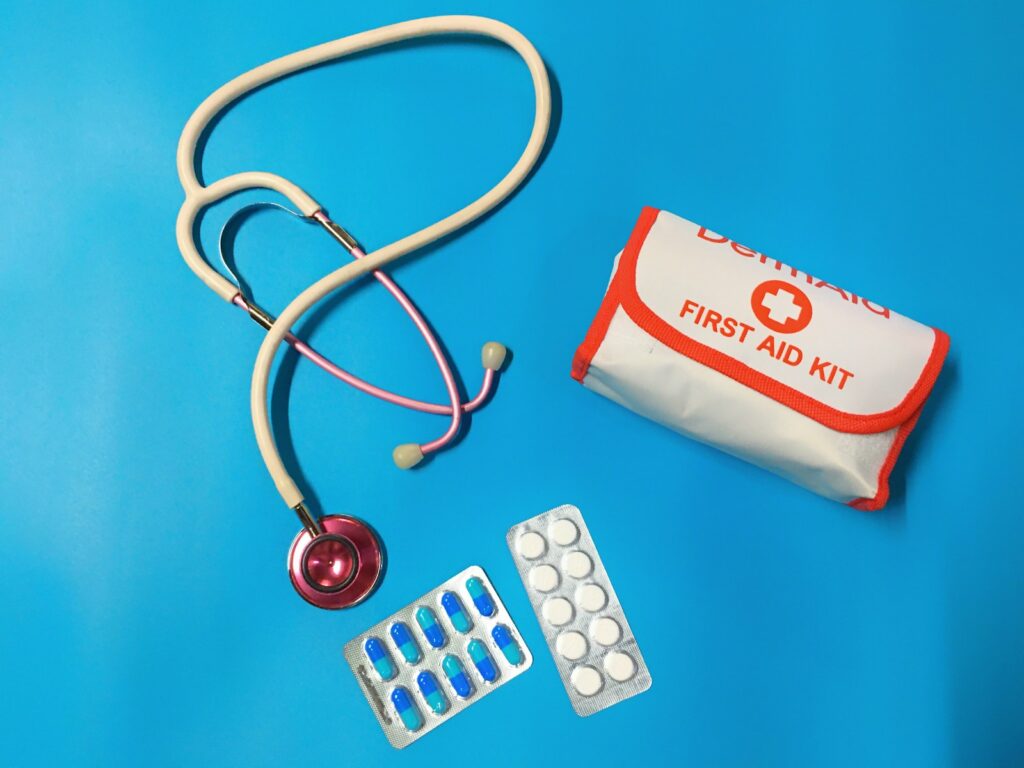Key Takeaways:
- Necessity of Medical Kits: Understanding the importance of carrying a medical and first aid kit during travel.
- Contents of a Travel Medical Kit: A detailed list of items that should be included in your travel medical kit.
- Customizing Your Kit: Tips for tailoring your medical kit based on destination, duration, and personal health needs.
- Storage and Maintenance: Advice on how to store and maintain your medical kit.
- Travel Insurance and Medical Kits: The role of travel insurance in complementing your travel health preparations.
Traveling opens up a world of adventure, culture, and unforgettable experiences. However, it’s crucial to be prepared for any health-related issues that may arise. Carrying a well-stocked medical and first aid kit is a vital part of travel planning that can ensure your safety and well-being on the road. In this article, we’ll explore the essentials of travel medical kits, what to include, and how to customize your kit for your specific travel needs.
Understanding the Importance of Medical Kits
Traveling, especially to remote or exotic locations, often exposes you to new environments, cuisines, and activities that can increase the risk of illnesses and injuries. Having a medical and first aid kit on hand means you’re prepared to handle minor health issues promptly, avoiding the need for urgent medical care in unfamiliar places.
Contents of a Travel Medical Kit
A comprehensive travel medical kit should include items to treat cuts, scrapes, blisters, burns, and common travel-related illnesses. Here’s a list of essentials:
- Adhesive bandages of various sizes for minor cuts and scrapes.
- Sterile gauze pads and medical tape for larger wounds.
- Antiseptic wipes and antibiotic ointment to prevent infection.
- Tweezers and scissors for removing splinters or cutting bandages.
- Thermometer to monitor fevers.
- Sunscreen for protection against sunburn
- Insect repellent or protection against
Recommended Medication
- Pain and fever relievers, such as acetaminophen or ibuprofen.
- Antihistamines for allergic reactions.
- Motion sickness medication if you or your travel companions are prone to it.
- Anti-diarrheal medication and rehydration salts for gastrointestinal issues.
Optional Mediaction
- Eye Drops for dry eyes
- Personal medications and copies of prescriptions.
This is the First Aid Kit I use when I travel:
Customizing Your Kit
Your travel destination, activities, and personal health needs can dictate additional items for your kit:
- If you’re traveling to areas with a risk of malaria, include mosquito nets and antimalarial medication.
- High-altitude destinations might require medication to prevent altitude sickness.
- Those with pre-existing medical conditions should carry sufficient prescription medication and a doctor’s note explaining their condition and treatment.
Storage and Maintenance
Keep your medical kit in a durable, waterproof container and check it regularly. Replace any used or expired items and consider the expiration dates of medications when preparing for each trip.
Travel Insurance and Medical Kits
While a medical kit can handle minor ailments and injuries, it’s not a substitute for travel insurance. Comprehensive travel insurance can provide coverage for medical emergencies, including evacuation and hospital stays, offering peace of mind throughout your journey.
Tips for Traveling with Medication
Traveling with medication requires careful planning, especially for those on long-term medication. It’s crucial to carry a doctor’s note or prescription with you. This document should be available in English and include both the trade name and the active ingredient of the medication. Prioritize researching the import regulations of your destination country well in advance for a hassle-free journey. For more insights, explore our guide on traveling with medications.
To ensure the integrity of your medication, it’s best to transport them in their original packaging, accompanied by the leaflet. This approach aids in avoiding any confusion and ensures that all necessary information is at hand.
When flying, always carry essential medications, such as those required for chronic conditions, in your carry-on luggage to prevent loss or delays.
Most medications are adversely affected by heat, as it can compromise their effectiveness due to the degradation of active ingredients. Keep your travel medical kit in a cool, dry, and dark place during transportation. Once at your destination, store it in the coolest possible location, like a dark wardrobe, to maintain its efficacy.
Additionally, don’t forget to bring any relevant medical documents, such as your e-Card, vaccination record, diabetic card, allergy card, or emergency card for patients undergoing anticoagulant therapy. Having these documents can be critical in emergency situations or when seeking medical care abroad.









